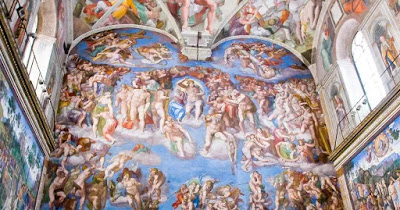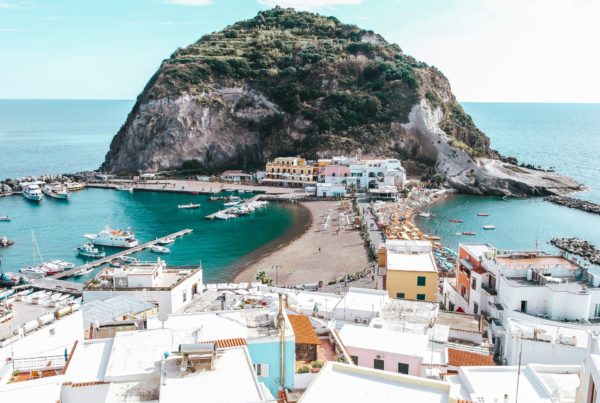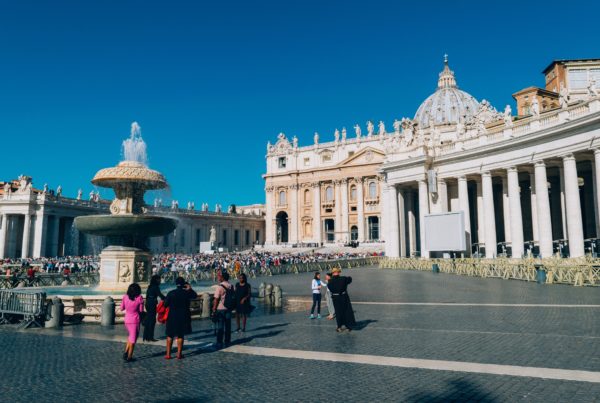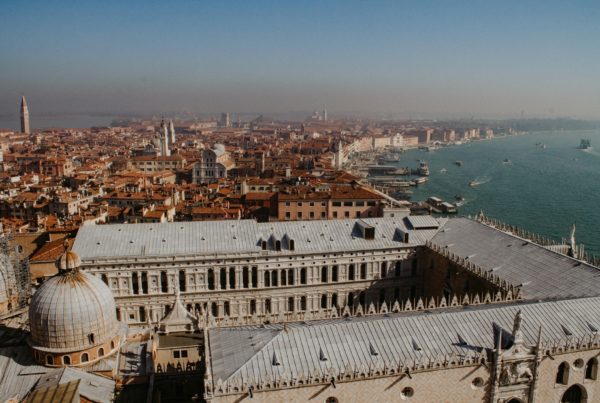 |
| Visit Sistine Chapel on Our Vatican Tours |
The Sistine Chapel is one of the most famous works of art in the entire world. It was painted by Michelangelo over four years between 1508 and 1512 and highlights a High Renaissance style that reflects that era.
The ceiling itself forms part of the Sistine Chapel, which is the largest papal chapel and can be found in the Vatican. Michelangelo was commissioned by Pope Julius II to paint the ceiling but, because he was primarily a sculptor and not a painter, the artist was initially reluctant to take on the work.
However, Pope Julius II was very insistent, which meant Michelangelo didn’t really have a choice. Work started soon after.
How the Sistine Chapel Was Painted
As you can imagine, the ceiling of the Sistine Chapel is pretty high. To get to it, Michelangelo designed his own special scaffolding that consisted of a wooden platform that could be built out from the wall rather than from the floor up.
Only half of the building was scaffolded at one time, with the platform being moved in stages as different parts of the painting became complete. In fact, you can still see some of the areas where the scaffolding would have been erected.
There are several rumours stating that Michelangelo painted the Sistine Chapel while lying down, but that is actually not true – he painted in a standing position.
The technique he used was fresco, which is where the paint is applied directly onto damp plaster, with the plaster laid in a new section every day. At the start of each new session, Michelangelo would scrap away the edges of the plaster – which you can still see today – and he used a full-sized detailed drawing to transfer his design straight onto the plaster.
When it came to painting, Michelangelo used a wash technique to apply the paint to the damp plaster, which allowed him to put down large areas of colour at once. As the plaster began to dry, he would then work into the coloured areas with detail brushes and finer lines.
The textured surfaces, like beards and the grain of wood, were created using brushes with sparse bristles. This was just one of the many innovative workshop methods around at the time that Michelangelo employed during his time painting the Sistine Chapel.
Visiting this magnificent work of art is at the top of a lot of visitors’ to-do lists when they head to Rome – and for good reason. It marks an important time in history and gives an insight into artistic techniques that were prevalent at the time.
Check out our Vatican City Tours https://www.vaticancitytours.it/ today!
Original Source: https://sightseeingtoursitaly.wordpress.com/2018/12/20/how-michelangelo-painted-the-sistine-chapel/






